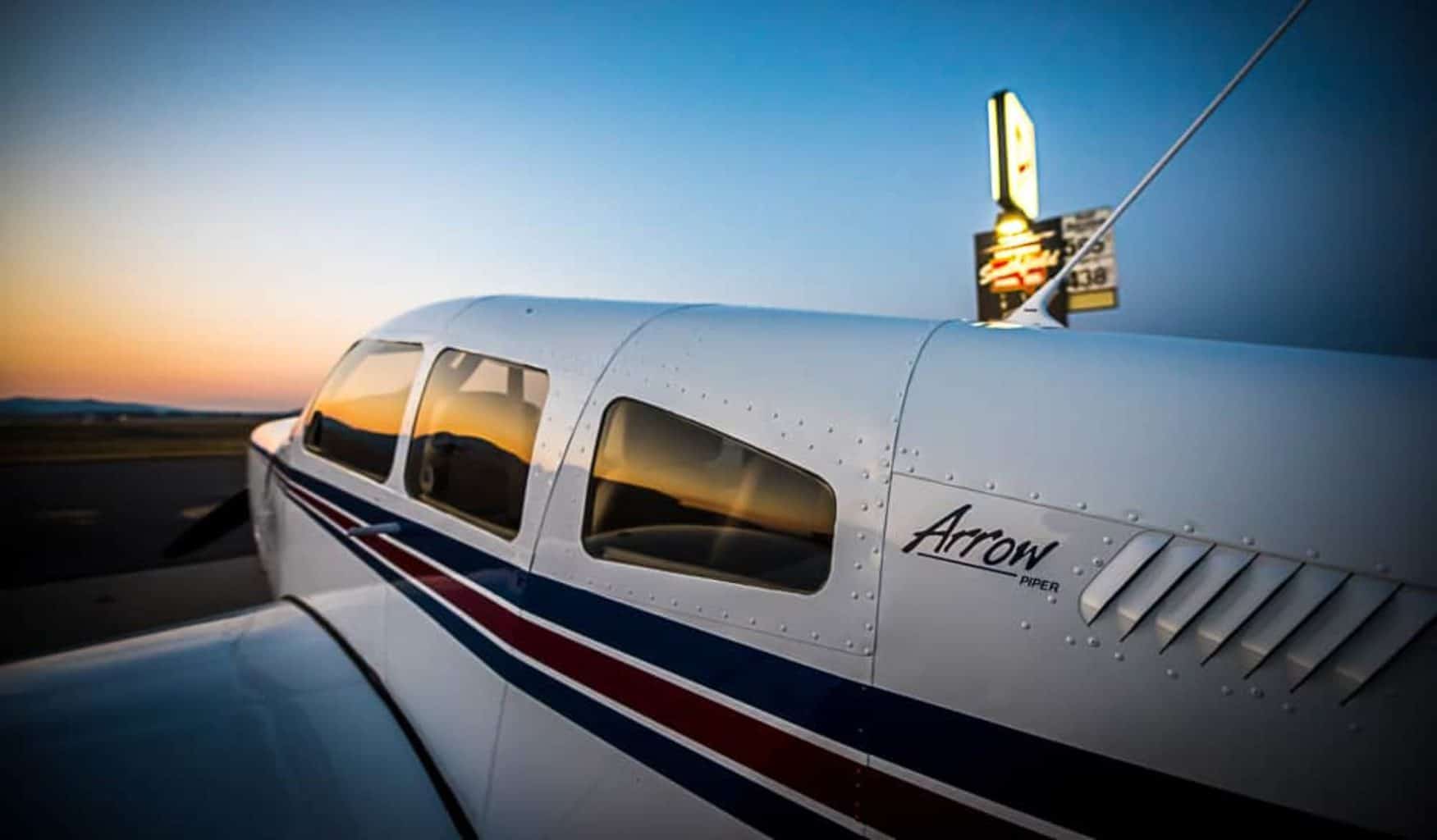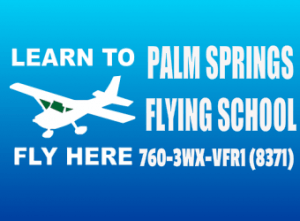Flight Schools – Time For You To Fly
One of the biggest moments of your life will occur on a relatively lonely airstrip with just one other person with you. And that will be the first time you actually take controls of an airplane and take it out on your first flight. This moment is what makes the difference between every other kind of training and the path you have chosen to get your pilot’s license and become a pilot. While lots of flight schools have hands on training, taking an airplane into the sky is unlike any other classroom experience there is.
But “flight school” would be pretty much useless if it didn’t include actual air time where you are the one doing the flying. After all, once you pass the pilot’s test, you will become certified by the FAA which means that you are qualified to fly an airplane and that you can take that plane up, handle different situations during the flight and return it to ground safely.
When you get notification from your instructor when the day will be that your first training flight will be, you will probably be a bit nervous. It will be a nervousness that will be mixed with excitement. No doubt during the course of your training up until then you will have seen pictures of a cockpit and even sat in the aircraft learning the controls and gauges so you can tie your “book learning” to the live experience of flying an airplane.
Pay lots of attention during the classroom part of your training. This isn’t like studying English literature or American history. Every scrap of knowledge you get in the classroom will have direct and important application when that moment comes that you taxi that airplane out onto the runway to take it into the air. So learn and ask questions and leave no stone unturned in your eager quest to conquer every detail of this complicated and important field of learning.
The thing to remember as you strap into the pilot’s seat of that flight schools airplane for your first flight is your instructor will be there every step of the way and he or she won’t let anything go wrong. The passenger seat of the cockpit of a training craft has parallel controls so if your instructor senses you need help, he can take over and demonstrate the technique for you in actual flight practice. There is no better learning situation than this.
You will go through every aspect of the flight and there will be checklists of things to be mindful of from the moment you sit down at the controls to the end of the flight when you have landed the craft and step out of the plane with one flight successfully under your belt. Again, you will have covered all of this in class but you might feel overwhelmed when you are actually in the process of taking a flight out because you will not only have to remember dozens of things to check off, you are dealing with the sensations of flying an airplane.
But don’t worry because your instructor knows that especially on this first flight, you will not be an expert at every aspect of the flight. He will help you start the engine, taxi it onto the runway, interact with the tower and take off. During the flight, your instructor will be having as much fun as you watching you discover the fun of flying and banking the plane, gaining altitude, changing directions and dealing with shifts in the atmosphere around you. And when the time is right to land the plane, the most important part of the flight, your instructor will be very involved and maybe handle this first one for you so you can get on the ground safely with a good learning experience behind you.
Pay attention, ask lots of questions and get comfortable with what is going on. If you feel some nervous jitters in your stomach, that’s normal. Just breathe through them and remember your training. In the flights ahead, you will take over more and more of the controls until finally you are flying the airplane solo. But you will never forget that first time you took that airplane into the air and even though you were a student, you were taking that first important step toward becoming a pilot.
Flight Schools


